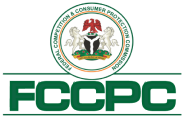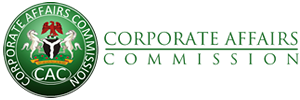** Customer Service Lines: For Enquiries call 0700-1-NAFDAC (0700-1-623322), For Complaints call 0800-1-NAFDAC (0800-1-6
** Customer Service Lines: For Enquiries call 0700-1-NAFDAC (0700-1-623322), For Complaints call 0800-1-NAFDAC (0800-1-6
** Customer Service Lines: For Enquiries call 0700-1-NAFDAC (0700-1-623322), For Complaints call 0800-1-NAFDAC (0800-1-6
** Customer Service Lines: For Enquiries call 0700-1-NAFDAC (0700-1-623322), For Complaints call 0800-1-NAFDAC (0800-1-6
** Customer Service Lines: For Enquiries call 0700-1-NAFDAC (0700-1-623322), For Complaints call 0800-1-NAFDAC (0800-1-6
** Customer Service Lines: For Enquiries call 0700-1-NAFDAC (0700-1-623322), For Complaints call 0800-1-NAFDAC (0800-1-6
** Customer Service Lines: For Enquiries call 0700-1-NAFDAC (0700-1-623322), For Complaints call 0800-1-NAFDAC (0800-1-6
** Customer Service Lines: For Enquiries call 0700-1-NAFDAC (0700-1-623322), For Complaints call 0800-1-NAFDAC (0800-1-6






